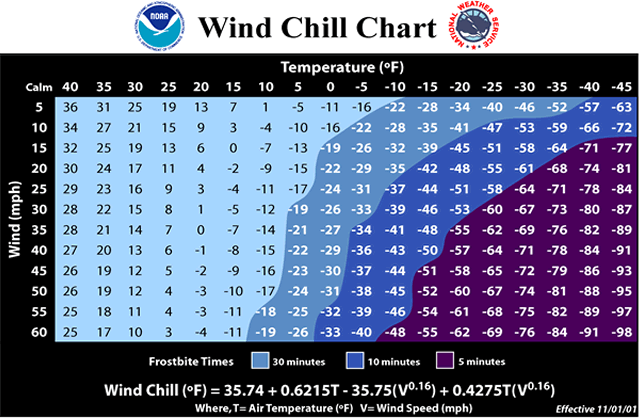|
Staying Safe Outdoors
| Click on each day for more information:
|
ICE FISHING SAFETY:
Remember the dangers of snow cover and ice when you venture out onto North Dakota rivers and lakes this winter.
- As seen during the winter of 2010-2011, an early insulating snow pack slows the rate of ice growth on area lakes and rivers which may cause thin ice well into the winter months.
- Use caution as snow can mask cracks or weak spots in the ice, such as in the vicinity of springs.
- Always carry an ice chisel to test the ice before you go out onto it, and be sure to have ice picks or a set of screw drivers that you can use to pull yourself out in case you go through the ice.
- Pay attention to thin ice signs, posted by law enforcement.
- Do not drive on the ice when uncertain of ice conditions, or at night or when it is snowing as you can become easily disoriented and drive on a portion of the lake you did not intend to go. WHEN IN DOUBT....DON'T GO OUT! For more ice safety information from North Dakota Game and Fish, click here.
Shown below are the safe ice thicknesses needed to walk or drive various vehicles on ice.
AVOID FROSTBITE:
Avoid or limit outdoor activities during times of extreme cold.
Many victims are unaware that frostbite has set in since the skin has become numb. However, here are some warning signs:
- Skin will initially become red
- If the situation progresses, skin will become white or a grayish yellow
- Skin that feels unusually firm or waxy
- Numbness
If you or someone in your party has frostbite:
- Get into a warm room as soon as possible
- Unless absolutely necessary, do not walk on frostbitten feet or toes—this increases the damage.
- Immerse the affected area in warm—not hot—water (the temperature should be comfortable to the touch for unaffected parts of the body).
- Warm the affected area using body heat. For example, the heat of an armpit can be used to warm frostbitten fingers.
- Do not rub the frostbitten area with snow or massage it at all. This can cause more damage.
- Don't use a heating pad, heat lamp, or the heat of a stove, fireplace, or radiator for warming. Affected areas are numb and can be easily burned.
The shading in the NWS Wind Chill chart below indicates the time to frostbite for exposed skin at various temperatures and wind speeds.


|